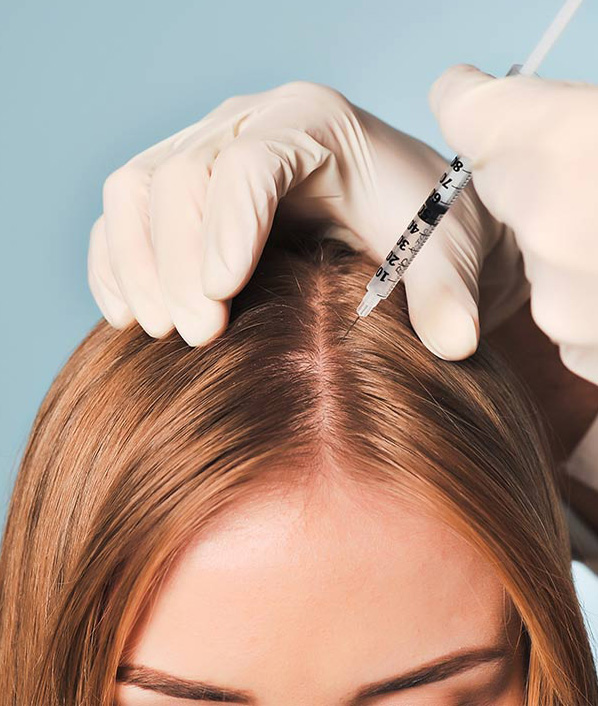
Losing hair can be a difficult experience, impacting confidence and self-esteem. For many, a hair transplant becomes an appealing solution. This process, though popular, requires thorough understanding and realistic expectations. From the initial consultation to post-surgery care, knowing what to expect from a hair transplant will help you make a well-informed decision. By the end of this guide, you’ll have a clearer understanding of the benefits and limitations of this hair loss treatment in Dubai (علاج تساقط الشعرفي دبي).
Understanding Hair Transplant Procedures:
There are two primary methods used for hair transplants: Follicular Unit Transplantation (FUT) and Follicular Unit Extraction (FUE). In FUT, a strip of scalp is removed and divided into grafts, each containing a few hairs, which are then transplanted to the desired areas. In FUE, individual hair follicles are extracted from the scalp and directly transplanted. Both procedures yield results, but each comes with specific benefits and potential drawbacks that should be considered.
Who Is a Good Candidate?
Not everyone is a perfect fit for hair transplants. Ideal candidates are typically those with moderate to severe hair loss and sufficient hair density at the donor site (usually the back or sides of the head). Hair type, age, and overall health are factors that impact the effectiveness of the transplant. Understanding whether you’re a good candidate is essential before committing to the procedure.
Preparing for the Procedure
Preparation for a hair transplant involves more than just scheduling the procedure. You may need to avoid specific medications, alcohol, and smoking before your appointment to reduce the risk of complications. Following pre-surgical instructions and being prepared for any necessary lifestyle adjustments will ensure a smooth experience. Staying hydrated, resting well, and preparing mentally can all contribute to the best possible outcome.
The Day of Surgery: What Happens?
On the day of the surgery, you’ll likely be given a local anesthetic to numb the treatment area. Depending on the method, the transplant can take several hours. The medical team will carefully place each hair follicle to create a natural look, working meticulously to ensure even placement. This part of the process requires patience, as each hair follicle is placed individually in the thinning or balding areas.
Post-Operative Care and Immediate Recovery
After the transplant, you’ll be given detailed aftercare instructions, which may include guidance on washing, moisturizing, and managing discomfort. Swelling and mild discomfort are common for the first few days, but these symptoms typically resolve quickly. The transplanted area will need special care to prevent infection and promote healing. Avoiding strenuous activities and protecting the scalp from direct sunlight are important in the days following the procedure.
Long-Term Recovery and Expectations:
Hair transplants take time to show results. Within two to three weeks, you might notice shedding of transplanted hair, which is entirely normal as new hair growth begins beneath the surface. Over the next few months, hair will continue to grow and become more visible, with full results generally appearing within 6 to 12 months. Having realistic expectations is crucial to avoid disappointment, as individual results can vary based on factors such as hair type and scalp health.
Weighing the Pros and Cons:
The effectiveness of hair transplants as a long-term hair loss treatment depends on individual factors, including the extent of hair loss, hair type, and overall health. While hair transplants offer a permanent solution, they may not prevent future hair thinning or loss in untreated areas. Therefore, understanding the pros and cons of this procedure, including potential scarring or the need for follow-up treatments, will help in making a well-rounded decision.













